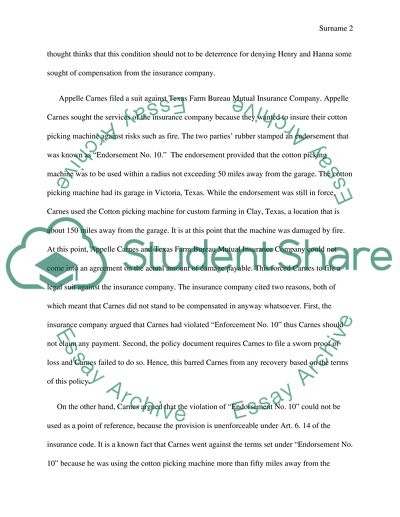Cite this document
(“Issue-based memorandum Essay Example | Topics and Well Written Essays - 2000 words”, n.d.)
Retrieved from https://studentshare.org/law/1496240-issue-based-memorandum
Retrieved from https://studentshare.org/law/1496240-issue-based-memorandum
(Issue-Based Memorandum Essay Example | Topics and Well Written Essays - 2000 Words)
https://studentshare.org/law/1496240-issue-based-memorandum.
https://studentshare.org/law/1496240-issue-based-memorandum.
“Issue-Based Memorandum Essay Example | Topics and Well Written Essays - 2000 Words”, n.d. https://studentshare.org/law/1496240-issue-based-memorandum.


